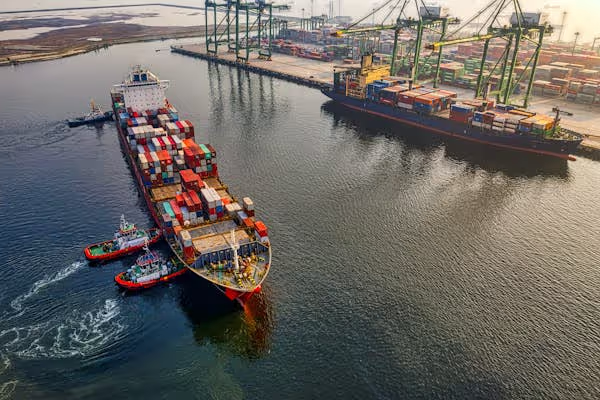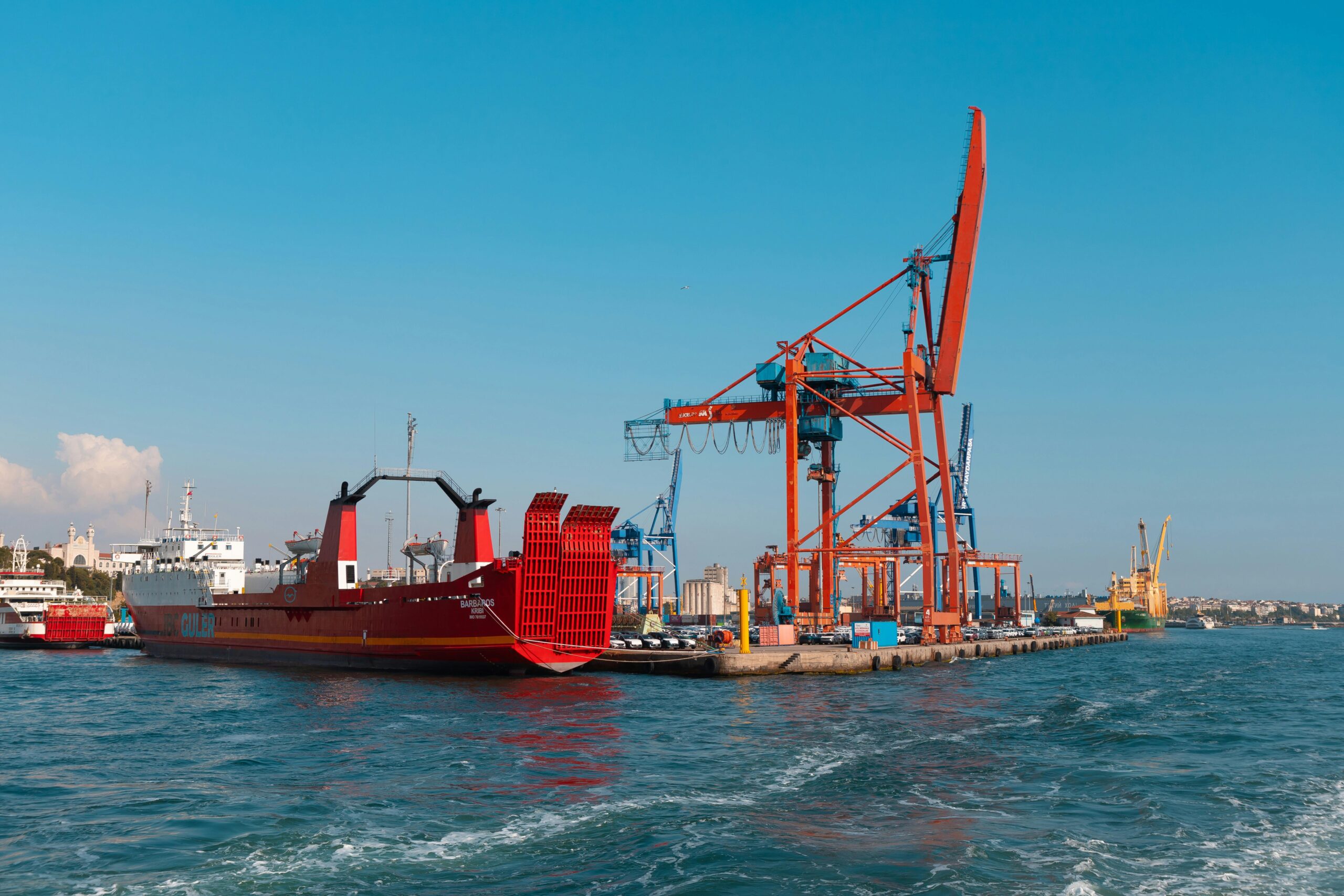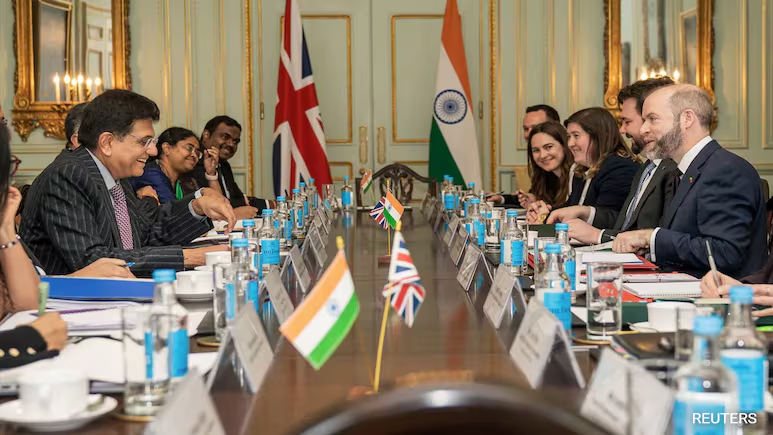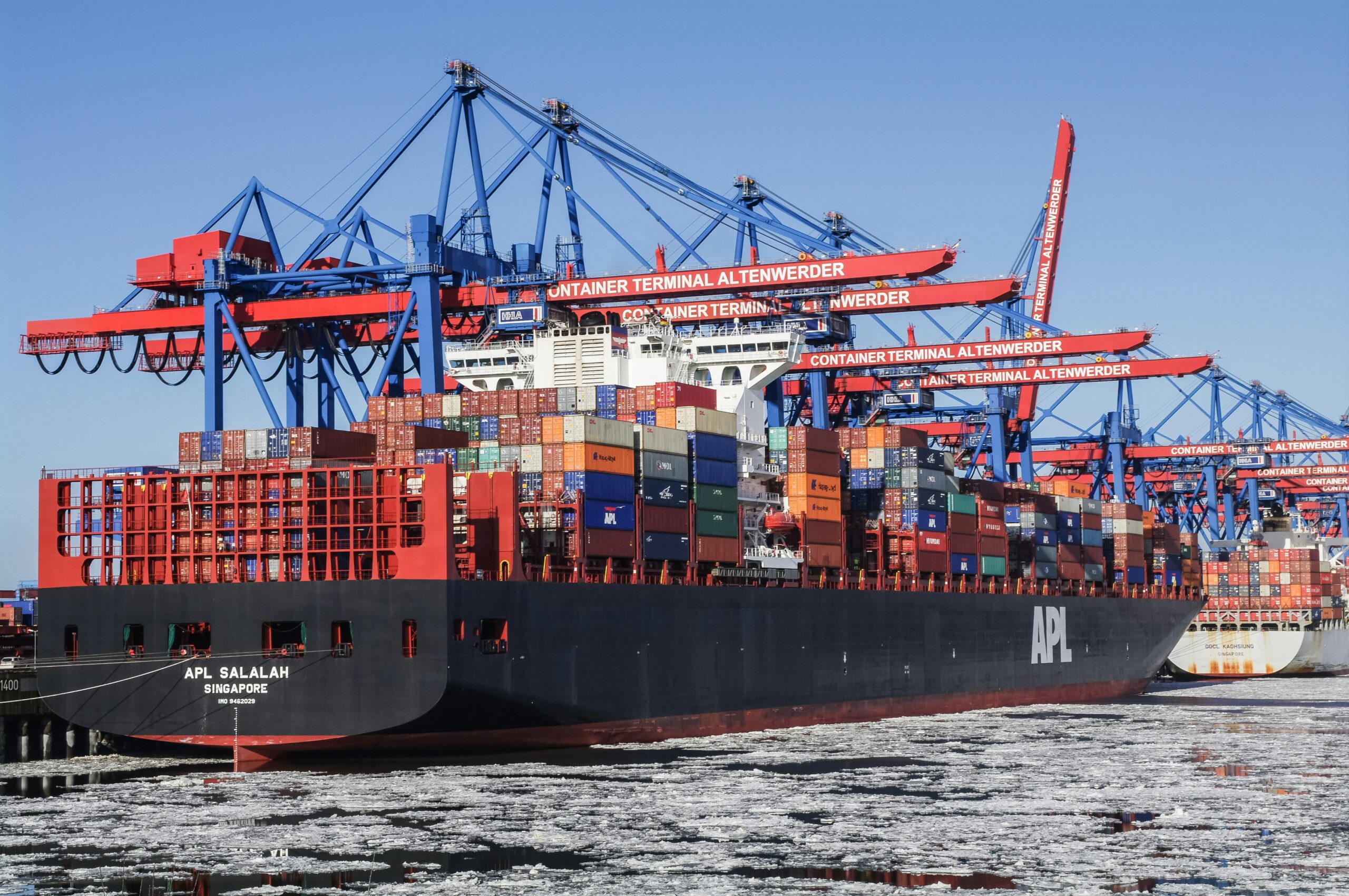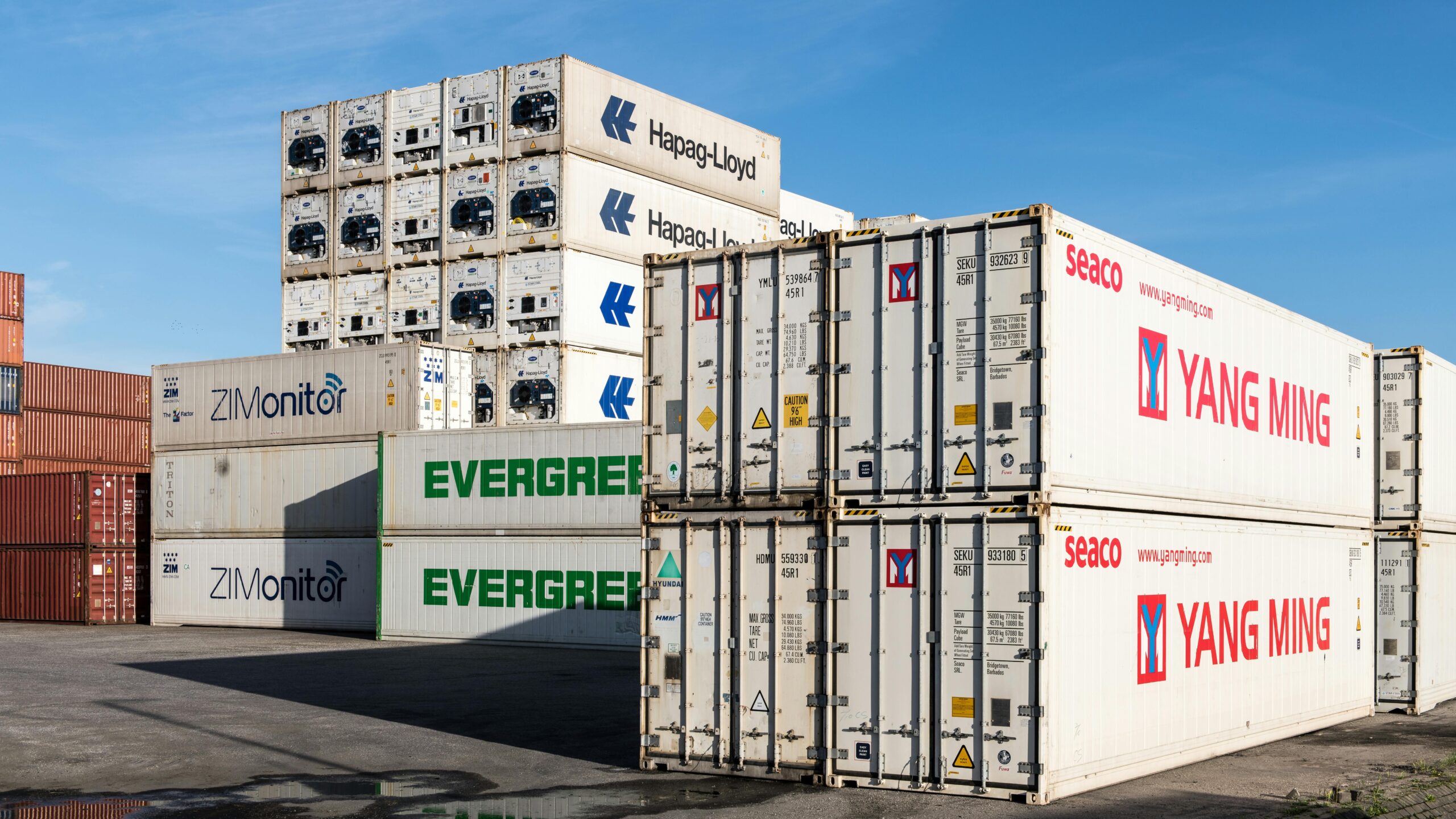In May 2025, India and the United Kingdom signed a landmark Free Trade Agreement (FTA) poised to reshape the trade corridor between the two nations. As India emerges as a global manufacturing hub and the UK seeks diversified post-Brexit partnerships, this FTA offers significant benefits to exporters on both sides. From major India–UK FTA tariff reductions to duty-free access for Indian goods entering the UK, the deal simplifies logistics, slashes costs, and opens new market opportunities.
This guide breaks down what exporters need to know, from eligibility criteria and sector-specific benefits to compliance essentials and strategic planning.
What is the India-UK FTA?
The India-UK Free Trade Agreement is a bilateral treaty aimed at liberalizing trade in goods and services between the two economies. The deal, finalized in May 2025, is the UK’s most economically significant FTA since leaving the European Union and marks a turning point for India’s outward trade strategy.
The agreement introduces:
- Tariff reductions on over 90% of UK exports to India
- Zero-duty access for 99% of Indian exports to the UK
- Provisions for temporary business visas and labor mobility
- Streamlined customs procedures and documentation
Key Benefits for Indian Exporters
Indian Exports to UK Duty-Free: A Game-Changer
Under the FTA, nearly 99% of Indian exports to the UK now face zero tariffs. This provides an immediate competitive advantage in a market known for high-quality standards and consumer spending power.
Sectors with Duty-Free Access Include:
- Apparel and Textiles: Previously subject to duties ranging from 8–12%
- Jewelry and Gems: A high-value category now able to enter the UK more competitively
- Marine Products and Processed Foods
- Engineering Goods, Auto Parts, Toys, and Sports Equipment
What Exporters Should Do:
- Classify goods correctly to leverage the FTA’s Harmonized System (HS) codes
- Obtain a Certificate of Origin (CoO) to prove eligibility for zero-duty access
- Work with UK-based importers or distributors who understand FTA compliance
- Monitor sanitary and phytosanitary regulations, especially for food and textile products
UK Exports to India Post-FTA
The agreement is reciprocal in nature, meaning UK exporters also benefit from substantial tariff relief when entering the Indian market.
What’s Changing for UK Exporters:
- Whisky and Gin: Duties reduced from 150% to 40% over 10 years
- Automobiles and Auto Parts: Tariffs slashed from over 100% to 10%
- Medical Devices, Aerospace Components, and Cosmetics: Significant duty reductions across these high-tech and high-value sectors
UK exporters now have greater access to India’s fast-growing middle class, which demands quality consumer goods and healthcare products.
Compliance Tips for UK Exporters:
- Align packaging and labeling with India’s BIS (Bureau of Indian Standards) requirements
- Prepare for local partner vetting, as many products may still need Indian distribution or servicing frameworks
- Use the India Customs ICEGATE portal to declare FTA-related imports and duties
India-UK FTA Tariff Reductions: Sector Breakdown
| Sector | Pre-FTA Tariff (Typical) | Post-FTA Tariff | Exporter Impact |
| Indian Apparel | 10–12% | 0% | Higher price competitiveness |
| UK Whisky & Spirits | 150% | 40% (by 2035) | Boost for Scottish distillers |
| Indian Auto Components | 8–10% | 0% | Tier 2 suppliers gain access |
| UK Medical Devices | 5–8% | 0–2% | Entry into India’s healthcare boom |
| Indian Seafood | 12% | 0% | Cost savings on export processing |
Compliance Essentials for Exporters
1. Certificate of Origin (CoO)
This document certifies that a product originates in either India or the UK and qualifies for preferential treatment under the FTA. Without it, standard WTO tariffs may apply.
2. Product Classification and HS Codes
Ensure correct classification to avoid disputes at customs. Misclassification can lead to penalties or denial of duty-free status.
3. Recordkeeping and Documentation
Maintain at least 5 years of shipping and customs documentation to meet audit requirements in either jurisdiction.
4. Partner Screening
Work with customs brokers or compliance specialists who understand the India–UK FTA clauses. UK importers will also want to ensure their Indian partners are FTA-ready.
Strategic Opportunities: Where to Focus Next
For Indian Exporters:
- Textile SMEs in Tamil Nadu and Gujarat can now price competitively against Bangladesh or Vietnam in the UK.
- Auto and machinery firms in Pune and Chennai can expand distribution with lower barriers.
- B2C D2C brands can target UK marketplaces (like Amazon UK or Etsy) with simplified import rules and logistics.
For UK Exporters:
- Premium spirits brands can grow their share in India’s massive whisky market.
- Healthcare and med-tech companies can enter India with lowered cost burdens.
- Engineering and green energy tech firms can align with India’s infrastructure and sustainability goals.
Key Considerations Moving Forward
- Sanitary and phytosanitary (SPS) alignment still needs work, especially for food and agricultural products.
- Carbon Border Adjustment Mechanisms (CBAM) proposed in the UK could create future cost complications for high-emission goods.
- Digital services and e-commerce regulations are not fully harmonized, so digital exports may still require legal review.
Early Movers Will Win the Market
The India–UK FTA isn’t just another trade deal, it’s a generational opening for exporters to rethink how they trade across borders. With nearly all Indian exports to the UK duty-free, and sharp tariff reductions on UK exports to India, the commercial incentives are clear. But only well-prepared businesses will capture the full value.
Need help navigating cross-border compliance?
Commenda enables exporters to:
- Automate VAT and customs filings
- Manage entity compliance across markets
- Track eligibility under active FTAs
- Centralize trade documentation
